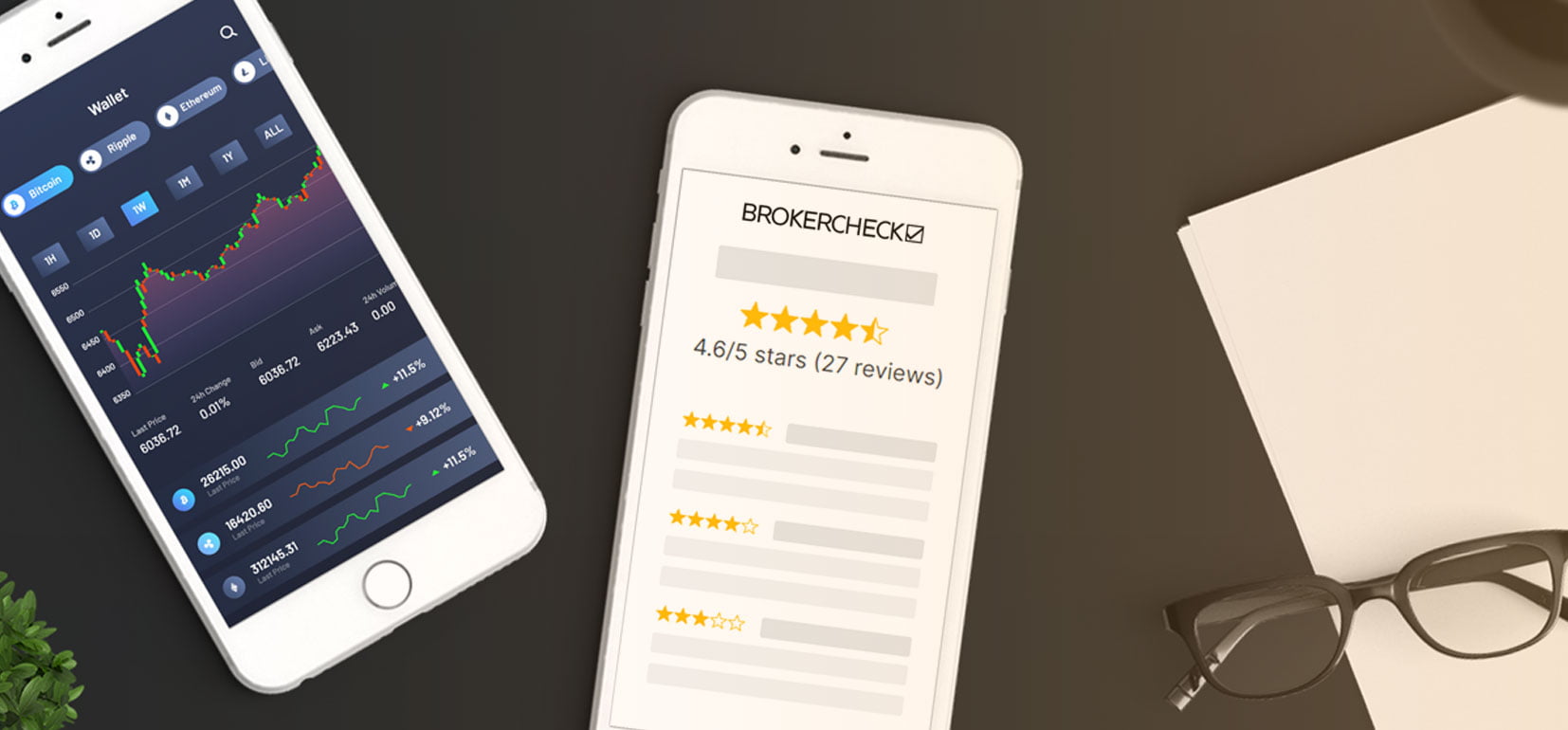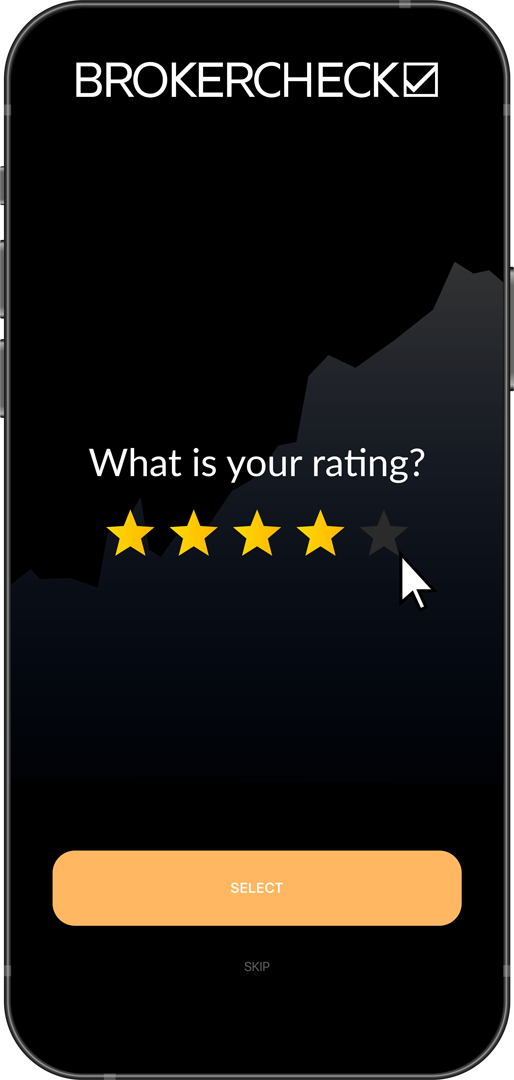1. Understanding Market Volatility
Market volatility, a term that sends shivers down the spine of many traders, is, in reality, a double-edged sword. It is a measure of the rate at which the price of an asset increases or decreases for a set of returns. Volatility is often perceived as a negative aspect, a market risk that traders should fear. However, the truth is far from it.
In the world of trading, volatility is the lifeblood that keeps the market moving. It is the catalyst that provides opportunities for traders to profit. It is the unpredictable nature of the market, the sudden rise and fall of asset prices, that allows traders to buy low and sell high.
Understanding market volatility is crucial for traders to leverage it to their advantage. It is not the enemy; it is an ally if you know how to navigate it. It is about understanding the market trends, the triggers that cause the prices to fluctuate, and the strategies to employ to mitigate risks and maximize returns.
Volatility provides an indication of the trading activity on a security and how rapidly its price is changing. High volatility means that a security’s price moves dramatically within a short period, presenting opportunities for significant financial gain, but also a high risk. Conversely, low volatility implies that a security’s price does not fluctuate dramatically, but changes at a steady pace over a period.
Traders can leverage market volatility by utilizing various strategies. These include volatility arbitrage, which involves buying and selling an option to profit from the difference in implied and realized volatility. Another strategy is volatility breakout, where traders aim to profit from sudden price movements caused by increased volatility.
In essence, market volatility is not a concept to fear, but to understand and leverage. It is the heartbeat of the market, the driving force that provides opportunities for traders to thrive. It is the unpredictable, the uncertain, the risky that makes trading exciting and rewarding. So, embrace the volatility, understand it, and let it guide you to your trading success.
1.1. Definition and Causes of Market Volatility
In the financial world, market volatility is a term that sends shivers down the spine of some traders, while others see it as an opportunity for significant gains. But what does it really mean? At its core, market volatility refers to the rate at which the price of an asset increases or decreases for a set of returns. It is often measured by the standard deviation or variance between returns from that same security or market index.
In simpler terms, when the market swings wildly in either direction, it’s considered to be volatile. This can happen due to a variety of reasons. Economic indicators play a significant role. For example, a sudden change in unemployment rates, GDP, or inflation can trigger market volatility.
In addition, major political events can cause drastic fluctuations in the market. Election results, changes in government policies, or geopolitical tensions can all lead to uncertainty among investors, thus increasing market volatility.
Moreover, financial crises are notorious for causing market volatility. The 2008 financial crisis is a prime example, where markets around the world experienced extreme volatility due to the collapse of large financial institutions.
Lastly, market sentiment is another key factor. The collective feeling of investors, whether optimistic or pessimistic, can significantly influence market volatility. This is often fueled by news, rumors, and speculation.
Understanding these causes is the first step towards leveraging market volatility. Armed with this knowledge, traders can make informed decisions and potentially turn market volatility to their advantage.
1.2. Measuring Market Volatility
Understanding the ebb and flow of the market is an essential aspect of successful trading. One of the key elements that traders look at is market volatility. It’s the heartbeat of the market, the pulse that signals the health and mood of the trading landscape.
Market volatility can be measured using several tools and indicators, each with their unique insights. The most commonly used is the VIX or Volatility Index, often referred to as the ‘fear gauge’. This index measures the market’s expectation of future volatility, providing traders with a snapshot of the market’s mood.
Another way to gauge market volatility is through Bollinger Bands. These are volatility bands placed above and below a moving average, where the volatility is based on the standard deviation, which changes as volatility increases or decreases.
The Average True Range (ATR) is another tool that traders use. It measures market volatility by decomposing the entire range of an asset price for that period.
Historical Volatility (HV), on the other hand, looks at the past. It measures the daily price changes of an asset over the past year, providing a broader view of the market’s volatility.
While these tools provide a measurement of market volatility, it’s crucial to remember that they are just tools. They can help you navigate the choppy waters of the trading world, but they are not infallible. Understanding market volatility is not just about numbers and charts; it’s about understanding the market’s psychology, the underlying currents that drive price changes.
Using these tools effectively can provide traders with a significant advantage, allowing them to leverage market volatility to their benefit. By understanding when the market is likely to be volatile, traders can adjust their strategies accordingly, taking advantage of price swings to maximize their profits.
Remember, market volatility is not something to be feared; it’s something to be understood, measured, and leveraged. It’s the heartbeat of the market, and understanding it can be the key to successful trading.
2. Strategies to Leverage Market Volatility
Embracing market volatility can be a powerful tool for traders who know how to leverage it. When markets are in flux, it’s not uncommon to see dramatic swings in stock prices. This can create opportunities for savvy investors who know how to play their cards right.
Firstly, consider employing a straddle strategy. This involves purchasing both a call option and a put option on the same underlying asset, with the same strike price and expiration date. While it may sound counterintuitive to bet both for and against an asset, this approach can pay off in volatile markets. If the asset’s price swings dramatically in either direction, one of your options could end up deep in the money, potentially offsetting any losses on the other option and then some.
Secondly, consider using stop-loss orders. These are designed to limit an investor’s loss on a position in a security. By setting a predetermined price at which to sell if the price dips, you can prevent substantial losses during market downturns.
Thirdly, diversification is key. Spreading your investments across a wide range of assets can help to mitigate risk. By not putting all your eggs in one basket, you can better weather the storm of market volatility.
Lastly, leverage can be a powerful tool in the right hands. This involves using borrowed money to increase potential return on investment. However, it’s important to remember that while leverage can magnify gains, it can also increase losses. Therefore, it’s crucial to use leverage wisely and consider the potential risks as well as the potential rewards.
Remember, while volatile markets can be intimidating, they can also present unique opportunities for those who are prepared. By employing these strategies, you can turn market volatility to your advantage.
2.1. Using Derivatives to Hedge Against Volatility
Derivatives, instruments whose value is derived from an underlying asset, offer traders a unique opportunity to hedge against market volatility. These financial instruments, which include options, futures, and swaps, allow traders to create strategies that can profit from the dynamic twists and turns of the market.
Take, for example, a put option. This derivative gives the holder the right, but not the obligation, to sell a specific quantity of a particular asset at a predetermined price within a specified time frame. If the market price of the underlying asset drops, the put option increases in value, effectively providing a hedge against downward price movements.
Futures contracts, on the other hand, are agreements to buy or sell an asset at a future date for a specific price. Traders can use futures to lock in a price for an asset, reducing the risk associated with unpredictable price fluctuations. If the market price swings unfavorably, the futures contract can offset the loss.
Swaps are another type of derivative that can be used to hedge against volatility. These contracts involve the exchange of one type of financial instrument for another, such as swapping a variable interest rate for a fixed one. This can help protect against the risk of interest rate fluctuations.
In the world of trading, knowledge is power. The more you understand about derivatives and how they can be used to hedge against volatility, the better equipped you’ll be to navigate the turbulent waters of the market. Whether you’re a seasoned trader or just starting out, it’s worth exploring the potential of derivatives as a tool for managing risk and maximizing returns.
2.2. Diversification as a Tool Against Volatility
In the face of market volatility, the savvy trader understands the power of diversification. Diversification is not just a buzzword tossed around in financial circles, but a potent tool that can significantly mitigate the effects of market volatility. But what does it mean to diversify? Simply put, it means spreading your investments across a variety of assets such as stocks, bonds, commodities, and even real estate.
Think of it as not putting all your eggs in one basket. If one asset class takes a hit, the others can potentially offset the loss. This way, even if a sector or market experiences a downturn, your overall portfolio may not suffer as much.
How does diversification work against volatility? By its very nature, diversification reduces the risk associated with the unpredictability of a single investment. If you have all your investments in tech stocks, for example, and the tech industry takes a hit, your portfolio could plummet. But if you have spread your investments across different sectors and asset classes, a downturn in one area may be offset by stability or gains in another.
Diversification also allows for potential growth in various sectors. As one industry slows down, another may be on the rise. By having a diversified portfolio, you give yourself the opportunity to benefit from these shifts in the market.
However, it’s important to remember that diversification is not a guarantee against loss. It is a strategy designed to manage risk and smooth out the highs and lows of market volatility. It is a long-term approach that requires patience and a keen understanding of your investment goals and risk tolerance.
To effectively leverage market volatility, it’s crucial to maintain a diversified portfolio. This approach can provide a buffer against the unpredictable swings of the market, while also positioning you to take advantage of opportunities as they arise.
Remember, diversification is not a one-size-fits-all strategy. It should be tailored to your specific needs, goals, and risk tolerance. A well-diversified portfolio is one of the most effective tools in your arsenal against market volatility.
2.3. Tactical Trading Strategies in Volatile Markets
Tactical trading strategies are the secret weapons of seasoned traders in unpredictable and volatile markets. These strategies are not for the faint-hearted, as they require a deep understanding of market mechanisms and a willingness to take calculated risks. However, when executed correctly, they can lead to significant returns.
One such strategy is straddle trading. This strategy involves buying both a call and a put option for the same asset at the same strike price and expiry date. This approach is beneficial when you expect a big price movement but are unsure of the direction. Straddle trading allows you to profit from market volatility, regardless of the direction the market swings.
Another tactical trading strategy for volatile markets is swing trading. Swing traders capitalize on the natural swing of the market’s prices. They buy at the bottom of the swing and sell at the top, capturing the price difference as profit. Although this strategy requires close monitoring of market trends and swift decision-making, it can be highly profitable in a volatile market.
Scalping is a strategy that involves making many trades within a day, taking advantage of small price gaps caused by bid-ask spreads. Scalpers aim to make small, frequent profits, which can add up over time. While scalping requires a significant time commitment and sharp trading skills, it can be an effective way to leverage market volatility.
Pair trading is another tactical trading strategy ideal for volatile markets. This strategy involves pairing two closely correlated assets, buying one and short-selling the other. When the correlation between the two assets returns to its normal state, traders can make a profit. This strategy is particularly useful in volatile markets, as it can help mitigate risk.
Lastly, momentum trading is a strategy that involves buying assets that are trending up and selling them as soon as they show signs of reversal. Momentum traders rely on short-term price movements and trends to make their profits. While this strategy can be risky, especially in volatile markets, it can also yield substantial returns if executed correctly.
Remember, these tactical trading strategies require a deep understanding of market mechanisms, a willingness to take calculated risks, and the ability to act quickly. However, they can help traders leverage market volatility and potentially achieve significant returns.
3. Risk Management in Volatile Markets
Market volatility can be a trader’s best friend or worst enemy, depending on how one navigates through it. It’s like a wild, untamed beast; unpredictable and often challenging to control. But, with the right risk management strategies, you can turn this beast into a powerful ally on your journey towards financial success.
Firstly, understanding the concept of stop loss orders is crucial. This tool allows you to set a predetermined price at which your trade will automatically close, thereby limiting your potential losses. For instance, if you purchase a stock at $50, you might set a stop loss order at $45. This way, if the market takes a nosedive, your losses won’t exceed 10%.
Next, diversify your portfolio. Diversification is a time-tested strategy that involves spreading your investments across various assets or asset classes to reduce risk. Imagine having all your eggs in one basket; if that basket falls, all your eggs break. But if your eggs are spread across several baskets, the risk of all eggs breaking at once significantly decreases.
Another critical risk management strategy is position sizing. This involves determining how much of your capital you should risk on any single trade. A general rule of thumb is not to risk more than 1-2% of your trading account on a single trade. This way, even if a trade goes south, it won’t wipe out your entire account.
Volatility indices are also useful tools for managing risk in volatile markets. These indices measure market’s expectation of future volatility and can provide valuable insights into market sentiment. For instance, a high volatility index suggests that traders expect significant price swings, which could signal potential trading opportunities or risks.
Lastly, stay informed. The more knowledge you have about the market and your investments, the better equipped you’ll be to make sound decisions. Regularly review your investment portfolio, keep up with financial news, and continually educate yourself about different investment strategies and tools.
In the world of trading, volatility can be a double-edged sword. But with the right risk management strategies, you can harness its power to your advantage. Remember, the goal is not to eliminate risk but to manage it effectively. After all, without risk, there can be no reward.
3.1. Importance of Stop-Loss Orders
In the tumultuous world of trading, where market volatility is as certain as the sunrise, one tool stands as a trader’s best defense against unexpected downturns: the stop-loss order. This invaluable tool allows you to set a predetermined selling point for a stock, thereby limiting your potential losses. For example, if a trader purchases a stock at $100 and sets a stop-loss order at $90, the stock will automatically be sold if its price falls to $90, thereby capping the trader’s loss at 10%.
Stop-loss orders are particularly useful in volatile markets. They allow traders to maintain control over their portfolios, even in the face of rapid and unpredictable price movements. By setting a stop-loss order, a trader can sleep soundly, knowing that they have a measure of protection against sudden market downturns.
However, it’s important to note that stop-loss orders are not a panacea. They can’t protect against all types of risk, and they can sometimes lead to losses if a stock’s price recovers quickly after hitting the stop-loss point. But in the grand scheme of things, the benefits of stop-loss orders far outweigh these potential drawbacks. They are a key strategy for managing risk and leveraging market volatility to your advantage.
Using stop-loss orders effectively requires careful thought and strategic planning. Traders must consider factors such as the stock’s volatility, its trading volume, and its historical performance. Setting the stop-loss order too close to the purchase price can result in premature selling, while setting it too far away can lead to unnecessary losses.
In the end, the successful use of stop-loss orders is as much an art as it is a science. But with practice and experience, traders can learn to leverage this tool to navigate the choppy waters of market volatility with confidence and poise.
3.2. Portfolio Rebalancing: Maintaining Your Risk Profile
Portfolio rebalancing is an art that can make or break your trading success, especially in times of market volatility. It’s all about maintaining your risk profile, ensuring your investments align with your risk tolerance and financial goals.
But what is portfolio rebalancing? It’s the process of realigning the weightings of your portfolio of assets. Over time, some of your investments may yield higher returns than others, shifting the balance of your portfolio. If left unchecked, this could expose you to a level of risk that’s beyond your comfort zone.
Here’s where portfolio rebalancing comes into play. It involves buying or selling assets to maintain your desired asset allocation. This could mean selling high-performing assets and buying more of those that have underperformed. This might feel counterintuitive, but remember, it’s all about maintaining your risk profile.
How does this leverage market volatility? Volatile markets are often seen as a threat, but they can also present opportunities. With the right strategy, market volatility can be your ally.
Rebalancing your portfolio allows you to take advantage of these market fluctuations. When prices swing, you can buy low and sell high, maximizing your returns. It’s a proactive approach that requires vigilance and discipline.
But remember, rebalancing isn’t a one-time event. It’s a continuous process that requires regular review and adjustment. The frequency of rebalancing will depend on various factors, including market conditions and your investment goals.
Key takeaways:
- Portfolio rebalancing is about maintaining your risk profile.
- It involves realigning the weightings of your portfolio to match your desired asset allocation.
- Rebalancing allows you to leverage market volatility, buying low and selling high.
- It’s a continuous process that requires regular review and adjustment.
Portfolio rebalancing is a critical tool for every trader. It allows you to stay in control, even in the most volatile markets. With the right strategy, you can turn market volatility into a powerful ally, maximizing your returns while minimizing risk.
3.3. Emotional Control and Discipline in Volatile Markets
Emotional control and discipline are two vital pillars in the world of trading, especially when navigating the tumultuous waves of volatile markets. The market’s unpredictable nature can trigger a rollercoaster of emotions – from euphoria to panic, which can cloud judgement and lead to hasty decisions.
Emotional control is not about suppressing your feelings; it’s about acknowledging them and not letting them dictate your trading decisions. A sudden market downturn might induce fear, but instead of panic selling, a disciplined trader would assess the situation objectively, consider the long-term perspective, and might even see this as a buying opportunity.
Discipline, on the other hand, is the ability to stick to your trading plan, even when the market seems to be against you. It’s about having the patience to wait for the right trading opportunity and the courage to act when it arrives. It’s about setting and respecting your stop-loss and take-profit levels, and not letting greed or fear sway you.
- Emotional control and discipline are not innate traits; they are skills that can be developed and honed. Regular meditation, mindfulness exercises, and maintaining a trading journal are some ways to cultivate these skills.
- Remember, the market is not an adversary to be conquered; it’s a complex ecosystem to be understood and navigated. Emotional control and discipline are your compass and rudder in this journey.
In the face of market volatility, the traders who can keep their emotions in check and adhere to their trading plan are the ones who will be able to leverage these market conditions to their advantage. As legendary trader Jesse Livermore once said, “The game of speculation is the most uniformly fascinating game in the world. But it is not a game for the stupid, the mentally lazy, the man of inferior emotional balance, or for the get-rich-quick adventurer. They will die poor.”











